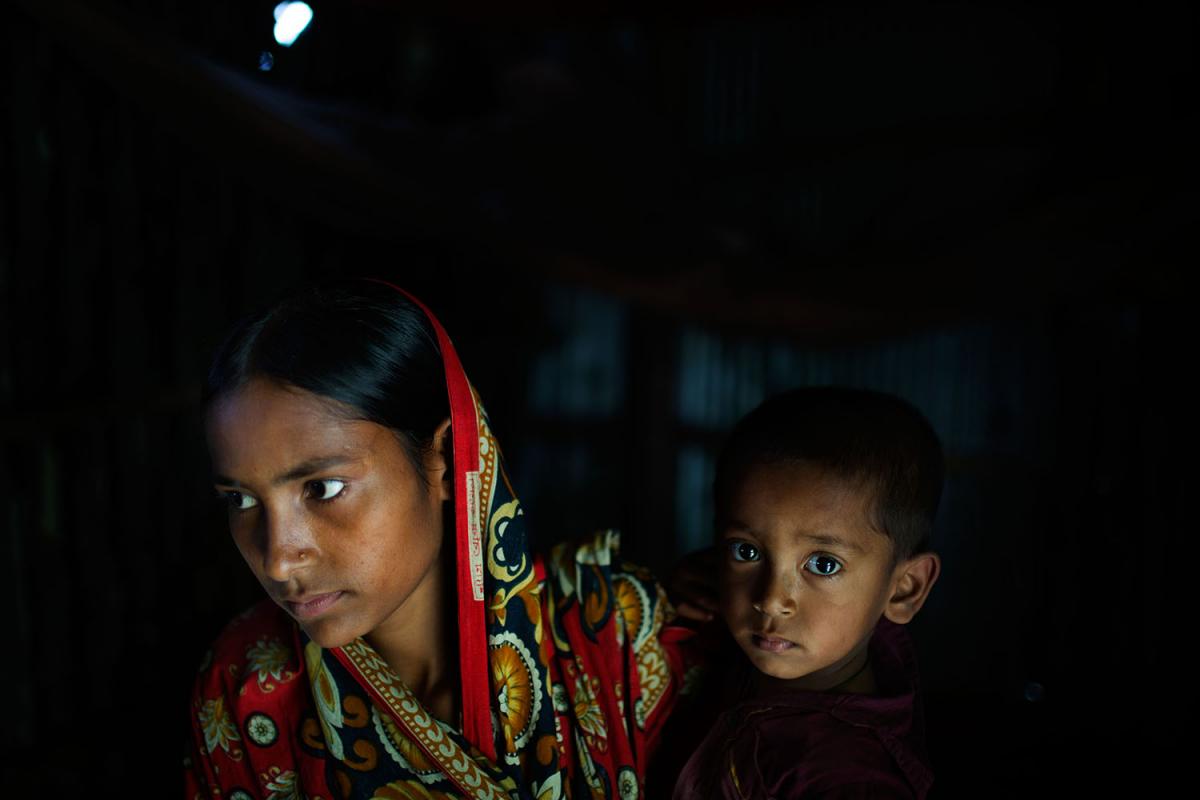HRW: Legalizing Child Marriage Threatens Safety of Girls
The Bangladesh government should move quickly to adopt regulations to limit the harms of a new law that legalizes child marriage, Human Rights Watch (HRW) said on March 2.
On February 27, 2017, the Bangladesh parliament approved a law that permits girls under age 18 to marry under “special circumstances,” with permission from their parents and a court. There is no minimum age for these marriages.
This law is a devastating step backward for the fight against child marriage in Bangladesh, which has the highest rate of child marriage in Asia, and one of the highest rates in the world, with 52 percent of girls married before age 18, and 18 percent married before age 15. Under the previous law, the legal age of marriage was 18 for women and 21 for men, with no exceptions.
Donors, diplomats, the United Nations, civil society, and activists fought to defeat the law. Now that the law has been passed, however, the government should ensure that the provision permitting child marriage will be used rarely and carefully.
While Bangladesh’s previous law setting marriage age for girls at 18 was widely ignored, the government in 2014 pledged to end child marriage before the age of 15 by 2021, and to end marriage before the age of 18 by 2041. It committed to develop a national action plan setting out how the government would achieve those goals, but has not yet done so.
In a 2015 report, HRW found serious gaps in access to information about family planning, and access to contraception for young people in Bangladesh.
“The focus now must be on containing the damage caused by Bangladesh legalizing child marriage. Nothing can change the fact that this is a destructive law. But carefully drafted regulations can mitigate some of the harm to girls,” says Heather Barr, senior researcher on women’s rights, adding that the judges are now the last line of protection against this law.
“Girls at risk of unwanted pregnancy face real problems in Bangladesh, but the answer isn’t child marriage. The answer includes ensuring that schools provide the information adolescents need about sex, and that the health system offers reliable access to contraception and other health services for unmarried young people.”
Read the full report here.

